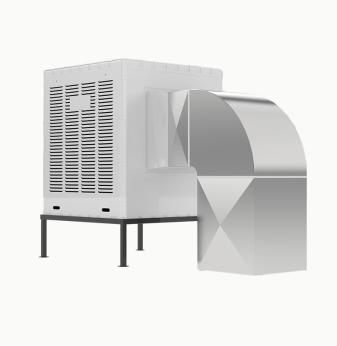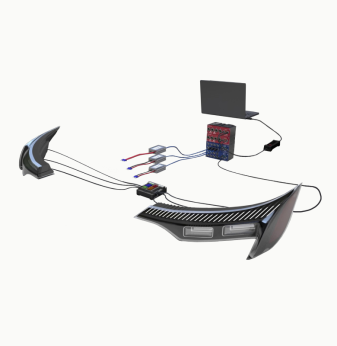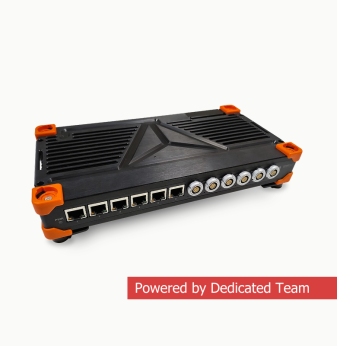Embedded Lifecycle Management: From Production Provisioning to Over-the-Air Updates

Introduction: Why Lifecycle Management Matters in Embedded Systems
Embedded devices are no longer “set it and forget it.” Whether used in medical devices, industrial controls, smart meters, or automotive ECUs, modern systems must be securely managed across their entire lifecycle — from production provisioning to firmware updates and decommissioning.
Failing to plan for lifecycle operations can result in bricked devices, security vulnerabilities, expensive recalls, or non-compliance with regulatory requirements. This article walks through how to architect an embedded product for end-to-end lifecycle management.
Key Lifecycle Stages for Embedded Devices
Production provisioning
Provisioning is the process of:
- Writing initial firmware and bootloader
- Injecting device identifiers (UID, MAC, serial number)
- Loading cryptographic keys and certificates
- Setting manufacturing fuses (secure boot enable, debug locks)
Methods:
- JTAG/SWD with signed binaries
- Secure provisioning stations with HSM-backed key injection
- Pre-provisioned secure elements (e.g., ATECC608)
Best practices:
- Separate test and production keys
- Lock firmware regions after burn-in
- Automate provisioning for traceability
Long-tail keyword example: "How are embedded devices provisioned at the factory securely?"
Answer: Secure provisioning uses trusted interfaces like JTAG, injects cryptographic keys from HSMs or secure elements, and locks debug and firmware interfaces to prevent tampering. It ensures each device is uniquely identifiable and securely bootable.
Secure Onboarding and Enrollment
After factory provisioning, devices must enroll in the operational system:
- Authenticate to cloud or on-premises backend
- Exchange certificates or tokens (TLS mutual auth)
- Bind to user or location context
Technologies:
- Zero-touch onboarding (ZTO)
- IEEE 802.1AR (DevID)
- TPM-based attestation
Configuration and Monitoring
Devices must support configuration changes and telemetry collection:
- Remote parameter tuning (via MQTT, CoAP, REST)
- Logging of system health and energy use
- Status flags for battery, connectivity, security state
Tools:
- Lightweight M2M (LwM2M)
- Proprietary device management protocols
- Secure cloud dashboards or edge gateways
Firmware Updates and OTA Strategy
Modern embedded systems must support safe, reliable firmware upgrades:
Key features:
- Digital signature validation (chain of trust)
- Dual-bank or A/B partitioning
- Rollback in case of failure
- Throttled deployment across fleet
Frameworks:
- Mender, SWUpdate (Linux)
- MCUBoot (RTOS)
- Custom DFU protocols for BLE, LoRaWAN, Wi-Fi
Long-tail keyword example: "How do embedded devices receive secure OTA firmware updates?"
Answer: Devices download encrypted and signed firmware images from trusted servers. The bootloader or OS validates the signature using a stored public key and only applies the update if verified. Redundant image storage enables rollback if the update fails.
Key Rotation, Revocation, and Certificate Updates
Over time, cryptographic credentials must be maintained:
- Update expiring X.509 certificates
- Revoke compromised device credentials
- Rotate signing keys used for firmware
Security infrastructure:
- OCSP and CRL servers
- PKI with short-lived certs (e.g., 90-day)
- Hardware-backed key stores (TPM, SE)
Decommissioning and End-of-Life (EOL)
Devices must be safely retired:
- Clear cryptographic material
- Invalidate cloud identities and tokens
- Power down or disable functionality
- Comply with e-waste and data destruction regulations
Long-tail keyword example: "What is the proper way to decommission embedded devices securely?"
Answer: Devices should erase all sensitive keys and credentials, disable connectivity, and notify the backend system of their deactivation. This prevents reuse or spoofing of decommissioned hardware.
Cross-Cutting Design Considerations
A. Lifecycle State Machine
- Define operational modes (factory, provisioned, deployed, EOL)
- Enforce mode transitions via signed commands
B. Secure Boot as a Foundation
- Validates code execution from first instruction
- Blocks tampering of lifecycle logic
C. Hardware Isolation and Root of Trust
- Secure elements, TrustZone, or TPMs protect identity and keys
D. Supply Chain Integration
- Traceability from production batch to user
- Integration with MES and ERP systems

Summary: Secure Lifecycle = Secure Product
Lifecycle management is more than just updates. It spans secure production, onboarding, operation, maintenance, and retirement. Systems designed for full lifecycle awareness are more robust, more secure, and easier to manage — even years after deployment.
Why Promwad?
At Promwad, we help product companies manage the full lifecycle of their embedded systems. Our services include:
- Secure provisioning and cryptographic key injection
- OTA update architecture and implementation
- Device onboarding with PKI and secure elements
- Lifecycle state tracking and remote configuration
- End-of-life design and compliance
Let’s make lifecycle a first-class citizen in your next embedded product.
Contact us to ensure your system runs securely — from day one to last day.
Our Case Studies












